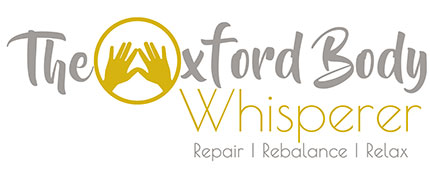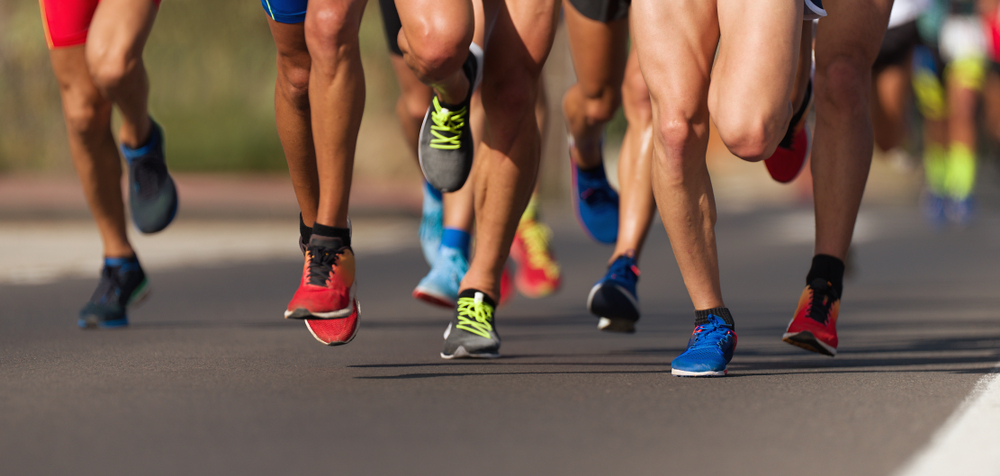Are you a runner who is plagued with running injuries, aches or pains? Do you constantly seem to have hamstring strains, Achilles issues, knee pain, shin splints or other issues?
If this sounds like you then it is possible that your running style and physicality is causing the issues.
If you are a runner, it is very likely that you will have previously had your gait assessed on a treadmill when purchasing new shoes so you may already know if you over pronate, over supinate or have a neutral gait. But there are other things to consider if you want to truly understand if and how the way you run is affecting your injury rate or type of injury.
Firstly it’s important to understand if you are a heel, mid foot or forefoot striker.
Secondly, it’s important to see if there are any muscular issues such as weakness or tightness that can be causing problems.
When looking at foot strike, the first thing to understand is ground reaction forces. Newton’s Third Law states “for every action there is an equal and opposite reaction” . So if you strike the ground floor with your foot exerting a downward pressure of 1kg, the ground will exert an upward pressure of 1kg on you. The force is equal and opposite.
Bear in mind also that force increases with speed so, depending on your speed, the force can be up to 5 x your bodyweight.
The next thing to look at is foot anatomy. For the purposes of brevity we can divide the foot into three areas, the forefoot, the midfoot and the hindfoot.
The forefoot is made up of the 5 toes and these toes comprise 14 joints. When your foot impacts the floor the toes splay out, flex and the joints will absorb the ground forces. In addition, the splaying of the toes provide balance thus stabilising the foot during its initial impact with the ground. This is why five fingers or wide toe box shoes are popular. Whatever shoe you choose, we would always recommend that you ensure that your toes have room to splay on landing.
If you are a forefoot runner you will be running on the balls of your feet or on your toes, your heels may not even touch the ground. This strike will cause your body to lean forward and may put additional strain on your big toe, Achilles tendon, ankle joint and calf.
The midfoot has three arches (medial and lateral longitudinal arches and the anterior transverse arch). These arches are supported by ligaments and tendons and together form a structure similar to a spring which assists with upward momentum thus propelling the body forward . This structure also bears the weight of the body and absorbs ground reaction forces.
So if you are a midfoot runner you have the benefit of the arches, springy energy storing ligaments to absorb the ground reaction forces. Very little force makes it out of the foot to travel up the leg so less stress on your ankle, knees hips and back. Generally this strike is considered to be the most neutral strike and it is the most lauded but it isn’t without injury risk. Midfoot strikers may experience foot, ankle or Achilles pain at some point.
The hindfoot is made up of the calcaneus (heel) and the talus and comprises two joints. The heel joints allow the foot to roll from side to side and the numerous ligaments and tendons in the hindfoot connect the rear of the foot to other parts of the foot and le, aid movement and contribute to stability and balance. Misalignments in the way the hindfoot strikes the ground can contribute to pain further up the leg, hips and back.
As a heel striker, the fact that there are fewer bones and joints in the hindfoot as compared to the rest of the foot, means that the ability of the heel to absorb and dissipate ground reaction forces is reduced. Forces will head up the leg, into the knees, hip and back. Research suggests that rear foot strikes demonstrate an increased load through the kneecap, knee and hip. Research suggests therefore that heel strikers tend to have more shin, knee, hamstring and hip pain.
There is so much debate about which strike is best and lots of research to show many conflicting opinions. Lots of people argue against heel striking but there is little research to conclusively confirm that heel striking is bad or that midfoot striking makes you more efficient. What the research does show however is that the strike you utilise may affect the type of injury you are likely to suffer. So, if you are a heel striker and you aren’t getting injured often then you have nothing to worry about. However if you are constantly plagued with knee issues, it might be an idea to move towards a midfoot strike. Likewise if you are a mid or forefoot striker always struggling with calf pain or Achilles issues then perhaps inching your strike point backwards should be considered. If you are considering transitioning though make sure that the transition is slow and considered and that you have taken into account all factors such as the strength of your feet. If you try to transition too quickly, you may find yourself with other issues .
However, it’s not just about your foot strike. Your general overall physicality and muscular strength will also influence how you run and thus your susceptibility to certain injuries.
For example, we have talked about the natural shock absorption contained in the forefoot and midfoot but the muscles in your foot need to be strong enough to support this otherwise injuries will still occur. If you over pronate, for example, which will usually be down to a weakness within the foot or possible the glute, then you may be more susceptible to knee and hip pain. Also what happens to your knees when you run? Do they collapse inwards or track straight or does one track in and one turn out? Are they straight or bent? Are your glutes strong and engaged or tight and under utilised? If the latter, this could again lead to your issues from hamstring strains to hip or back pain. Even the way your shoulders move might indicate an issue elsewhere in the body.
So in summary, if you are a runner suffering with injuries you need to check your foot strike but also make sure that you are not dealing with a hidden muscular weakness that is contributing to your issues. A bespoke strength training programme and training plan may be more beneficial than just trying to change your foot strike.





